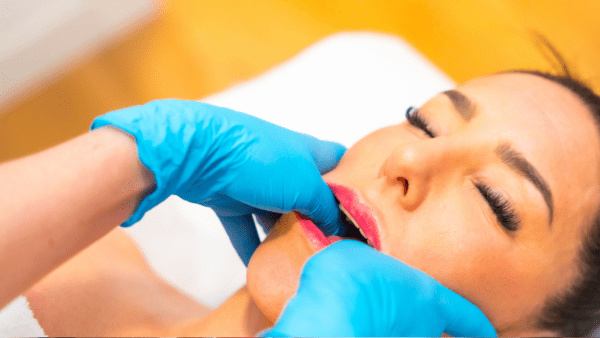How To Relieve TMJD Symptoms With TMJ Massage

Your jawbone is attached to the skull via what is called the temporomandibular joint, and it functions as a sliding hinge. This joint sometimes goes bad, resulting in a disorder known as temporomandibular joint disorder (TMJD). People with TMJD often feel pain in the jaw, may at times have difficulty chewing, and sometimes even hear a clicking sound at the opening or closing of the mouth. It may be somewhat painful and may prevent a person from going about their daily routine.
So, what could the possible relief be? A massage. Massaging will work on the temporomandibular joint (TMJ) to release tension and pain related to TMJD. Movement should be very accurate, and the way that it’s done should be very light to relax the muscles in your jaw and face. Such a massage helps in pain reduction and also helps in the enhancement of movements of your jaw.
Benefits of TMJ massage
Pain relief is only one of the many good things that may occur with the TMJ massage. Massaging helps to relax hypertonic muscles and increases blood flow into that area, thus decreasing discomfort associated with TMJD. It will also increase the jaw’s range of motion and reduce the clinking sound or pain while using your jaw.
How to Do TMJ Massage
Step 1: Jaw Warm-Up
Gently open and close the mouth so the muscles warm up. Do it very gently and stop if you feel pain. That is a warm-up for the massage.
Step 2: Massaging the Masseter Muscle
You may use your finger to find muscles on the side of your jaw; those would be your masseter muscles. Gently knead—make small circular movements. Do this for 30 seconds. Gradually increase the pressure, making it firmer, but do not do so if it causes terrible pain.
Step 3: Temporalis Muscle Work
The temporalis muscles are located on the side of the head just above the ears. To massage the muscle, place your fingertips at the temples and rotate in a circular motion. It can help decrease tension that directly affects your TMJ.
Step 4: Finish by Massaging the Neck and Shoulder Area
Very often, tension in the neck and shoulders can be related to TMJ. Finish off with gentle kneading in these areas to help decrease overall tension and improve postural influences caused by TMJ symptoms.
Precautions and Tips
Although TMJ massage can be beneficial, certain precautions need to be taken. Always go for gentle pressure and stop if an intense pain is reached. It’s also always better to consult your healthcare provider before starting any new TMJD treatment. He (or she) will advise you and make sure that massage is a safe option in your case.
Conclusion
Massaging the TMJ is simple and straightforward and will help reduce the symptoms of TMJD. Including regular massages in your life will ameliorate pain. It will also improve the function and quality of life. Remember, the key is persistence and a gentle attitude. If the symptoms persist, then you need to consult with a specialist for further support and treatment options.









